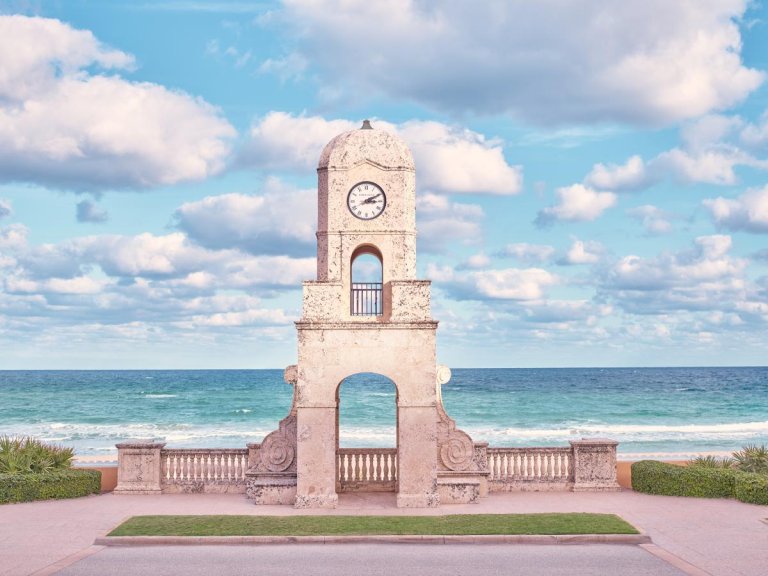
Palm Beach
Palm Beach America’s First Resort Destination Movie…

Learn about the impact of Native Americans in The Palm Beaches and where you can experience this rich history
Okeechobee, Pahokee, Loxahatchee — Native American names are found throughout The Palm Beaches, where people have lived for at least 6,000 years, and tribes like the Tequesta, Jaega, Jobe, and Seminoles have made lasting impacts. Learn more about the impact of native Americans in our area, and step back into history at archaeological sites more than a thousand years old, Seminole War battle sites, and local museums.
Florida’s history began long before it earned its Spanish-based name, with evidence of the first human inhabitants dating back around 12,000 years ago.
Different Native American groups thrived in various areas of what is now Palm Beach County. Along Lake Okeechobee, two tribes known as the Guacata and the Mayaimi settled, while other Native American communities resided around the Jupiter Inlet and the coastal areas south of Lake Worth.
The Spanish referred to the native inhabitants of northern Palm Beach County as the “Jobe” and “Jeaga,” possibly named after their tribal chief. The Tequesta people, on the other hand, resided between Fort Lauderdale and Miami, and there is a possibility of their presence in southern Palm Beach County as well.
The Jobe and Jeaga cultures displayed exceptional skill in crafting dugout canoes from cypress trees and utilized these waterways to trade with neighboring tribes throughout South Florida, including Lake Okeechobee. The remnants of their lives and dietary practices are reflected in the nearly vanished shell mounds along the river system.
The Tequesta people showcased a rich cultural heritage, evident from their intricate pottery, shell carvings, and jewelry found in archaeological sites. Their craftsmanship and artistic abilities are demonstrated through these artifacts and artwork.
The arrival of European explorers in the early 16th century brought significant changes to the Native American way of life. Florida’s Native Americans, upon encountering Spanish explorers including Juan Ponce de León, engaged in cultural interactions. However, this contact also brought the introduction of European diseases that had devastating consequences for the indigenous populations.
The impact of European contact proved fatal for Florida’s native population. Many died from diseases such as smallpox and measles, while others endured enslavement. Additionally, constant warfare with other tribes, the Spanish and British, led to the deaths of thousands. Over the years, incoming Native Americans from the Creek tribes in Alabama and Georgia, who later became known as the “Seminoles,” moved into the territories of the original Florida tribes.
During the 18th century, the Seminole, a Native American tribe originally part of the Creek Confederacy, migrated to Florida from present-day Georgia and Alabama. Faced with escalating conflicts with European settlers, some Creek Indians found sanctuary in the untouched wilderness of Florida, where they united with other Native American groups, including the remaining members of the Jobe, Tequesta, and other indigenous peoples. As a result of this blending, the Seminoles evolved into a distinctive cultural group, incorporating elements from their Creek heritage as well as contributions from other tribes. As time passed, they established communities throughout Florida, including in Palm Beach County.
The Seminoles fought three wars with the United States.
Today’s Seminoles are descendants of those who resisted, and they contribute to Florida’s economy through farming, hotels, casinos, and tourist attractions.
In the early stages of the Second Seminole War, conflicts reached what is now Palm Beach County. In January 1838, Lieutenant Levin Powell’s group encountered Seminoles at Loxahatchee River’s Loxahatchee Battlefield Park. The battlefield is now part of the Loxahatchee River Battlefield Park, which commemorates this historic event.
The Seminoles forced Powell’s small force to retreat, resulting in casualties on both sides. Major General Thomas Jesup fought the Seminoles in the same area, causing more casualties before the Seminoles withdrew. After the battle, Fort Jupiter was built a few miles east, but it closed and reopened during the Third Seminole War.
Jesup tried to end the war by suggesting the remaining Seminoles move to South Florida, but this was rejected. He captured 678 Seminoles at Fort Jupiter, including 165 Black Seminoles. Additionally, Fort Lauderdale was established in 1838, and the route to reach it became known as “Military Trail,” running through present-day Palm Beach County and Broward County.
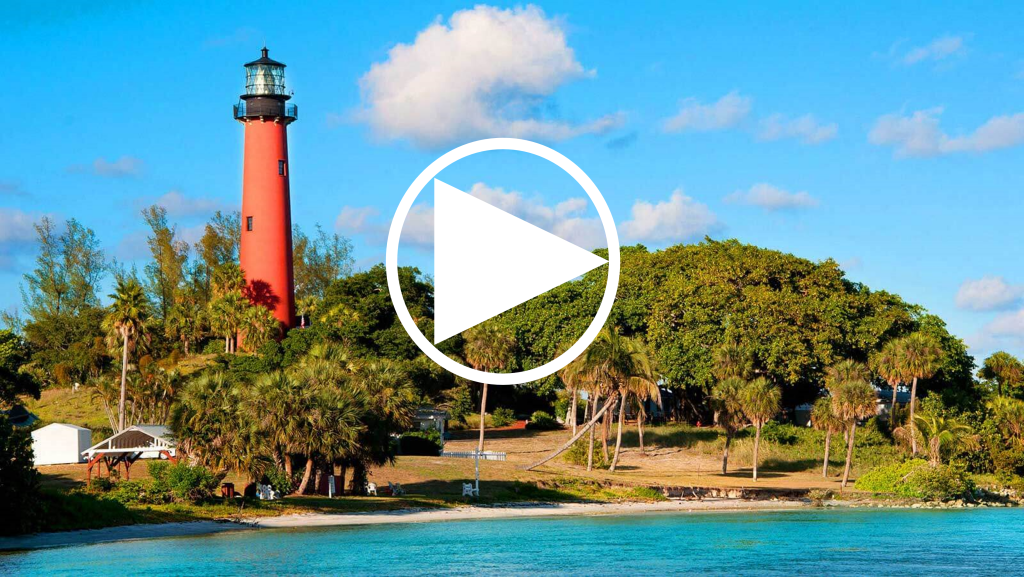
Visitors can explore archaeological sites dating back over a thousand years, Seminole War battle sites, and local museums to learn about the impact of Native Americans in our area.
Address: 19075 Dubois Rd, Jupiter, FL 33477
Address: 500 Captain Armour’s Way, Jupiter, FL 33469.
Address: 9060 Indiantown Road, Jupiter, FL 33478.
Address: 300 N. Dixie Highway, West Palm Beach, FL 33401.

Palm Beach America’s First Resort Destination Movie…
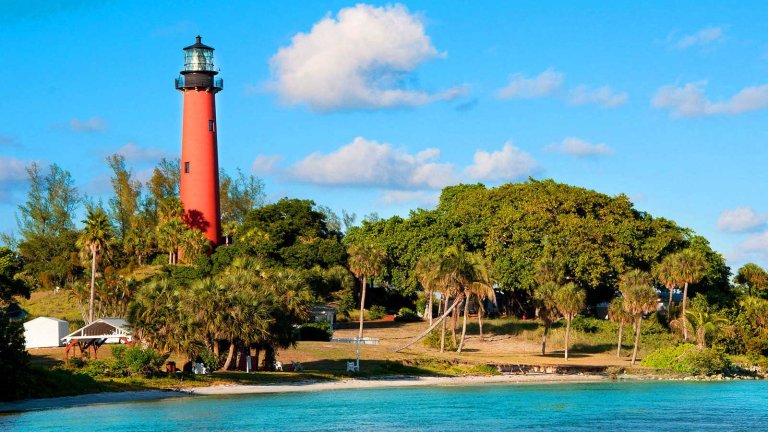
Jupiter Inlet Lighthouse & Museum See what Juan…

Ultra-Americana in The Palm Beaches Find out why The…
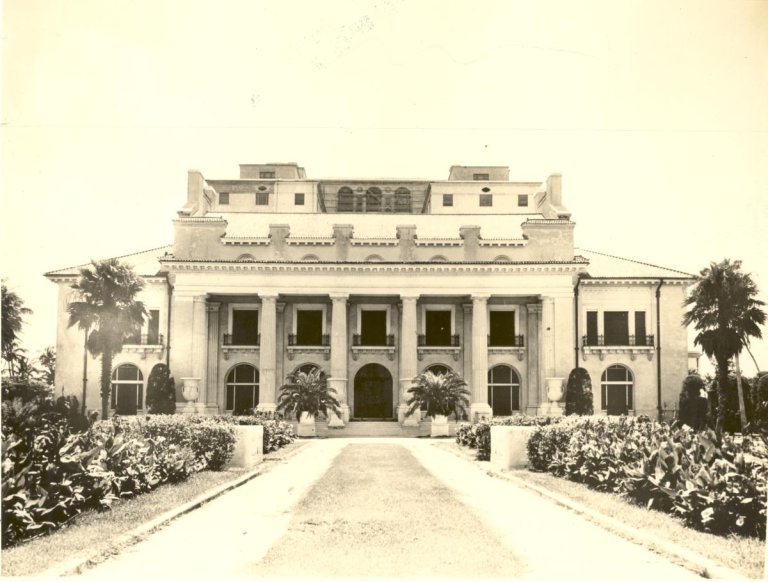
Happy Birthday Florida! Today Florida celebrates its…

JupiterJuno BeachBoca Raton From small towns tucked…
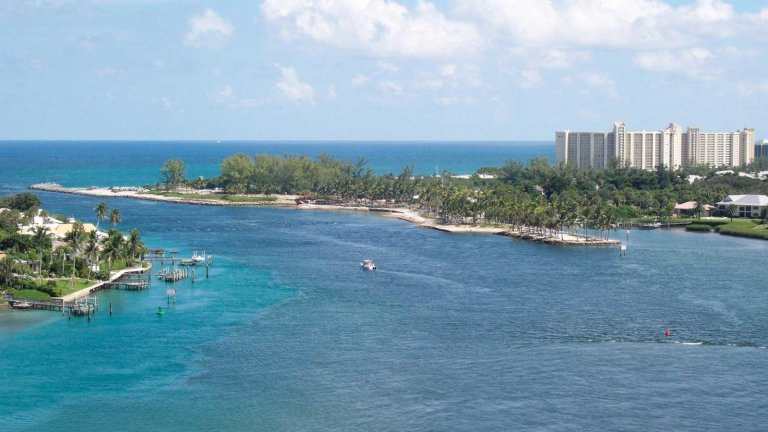
Jupiter Inlet Once the home of the Jeaga tribe,…
Browse lodging options in the one, the only, the Palm Beaches and discover America's First Resort Destination in sunny South Florida.